Stage 4 Periodontal Disease In Dogs
Stage 4 periodontal disease in dogs. Extreme Chronic Periodontal Disease. These may cause severe discomfort among. Dog periodontal disease progresses through four stages beginning.
It can erode your dogs gums contribute to missing and broken teeth and cause significant bone loss. Known as advanced periodontitis involves over 50 percent connective tissue attachment loss receding gums and exposed roots of the teeth Gum disease is about five times more prevalent in dogs than humans thanks to the chemical make up of a dogs mouth and saliva. These tissues recede away from the infection leading directly to attachment loss.
Periodontal disease increases significantly with increasing age and decreases significantly with increasing body weight and is particularly obvious when comparing toy and small dogs with medium and large dogs2 Periodontal disease is caused by the accumulation of bacteria in the form of plaque on the surface of the teeth which results in gingival inflammation and if left untreated results in the destruction of periodontal. Bacteria too can invade the body through the blood stream by gaining entrance into the oral lesions. Extraction is the recommended treatment of choiceThe pet in photo above runs the risk of toxin absorption into the blood stream.
Severe Periodontal Disease Periodontal disease is full blown and the animal is at risk of loosing teeth. Stage 4 Extreme chronic periodontal disease is evident in the 4th and final stage where bone loss of 50 or higher is visible on oral radiographs. Your pet is not only in severe pain it is at risk of losing multiple teeth as well as systemic infection and damage to internal organs due to bacteria from the mouth entering the bloodstream and spreading throughout the body.
Once it reaches an advanced stage periodontal disease in dogs can be chronically painful. Advanced periodontitis more than 50 of attachment loss as measured either by probing of the clinical attachment level or radiographic determination of the distance of the alveolar margin from the cemento-enamel junction relative to the length of the root or there is a stage 3 furcation involvement in multi-rooted teeth. Feline periodontal disease follows similar guidelines in severity of the stages but with proportionally smaller sulcal depth allowances from 05mm in Stage 1 to greater than 20mm in Stage 4 disease.
Your vet will recommend extraction if the teeth have reached the point where they cannot be saved due to infection bone loss or pain. Sulcus deepened by disease with periodontal ligament PL alveolar bone crest and cementum all exposed to bacteria. Early Attachment Loss Early disease defined by attachment loss of up to 25.
These are some of the very scary-sounding symptoms of advanced periodontal disease and they should definitely give you pause about how you care for your four-legged family members. Bone loss of 50 or more.
Bone loss of 50 or more.
Early Attachment Loss Early disease defined by attachment loss of up to 25. Your pet is not only in severe pain it is at risk of losing multiple teeth as well as systemic infection and damage to internal organs due to bacteria from the mouth entering the bloodstream and spreading throughout the body. Severe Periodontal Disease Periodontal disease is full blown and the animal is at risk of loosing teeth. Once the disease reaches this point surgery is likely needed to treat the affected teeth which typically means extractions. Stage 4 Extreme chronic periodontal disease is evident in the 4th and final stage where bone loss of 50 or higher is visible on oral radiographs. It can erode your dogs gums contribute to missing and broken teeth and cause significant bone loss. Periodontal disease increases significantly with increasing age and decreases significantly with increasing body weight and is particularly obvious when comparing toy and small dogs with medium and large dogs2 Periodontal disease is caused by the accumulation of bacteria in the form of plaque on the surface of the teeth which results in gingival inflammation and if left untreated results in the destruction of periodontal. Gingivitis Stage 1 and periodontitis Stage 4 that may come with oral lacerations broken teeth jaw fractures and oral cancer are painful conditions. Stages of Pet Periodontal Disease Regular professional teeth clean by your veterinarian under anesthesia.
Known as advanced periodontitis involves over 50 percent connective tissue attachment loss receding gums and exposed roots of the teeth Gum disease is about five times more prevalent in dogs than humans thanks to the chemical make up of a dogs mouth and saliva. These are some of the very scary-sounding symptoms of advanced periodontal disease and they should definitely give you pause about how you care for your four-legged family members. Stage 4 PD 4. Extreme Chronic Periodontal Disease. Known as advanced periodontitis involves over 50 percent connective tissue attachment loss receding gums and exposed roots of the teeth Gum disease is about five times more prevalent in dogs than humans thanks to the chemical make up of a dogs mouth and saliva. In stage 4 also known as advanced periodontal disease more that 50 percent of the attachment between gums and teeth is lost the gum tissue recedes and the roots of the teeth may be exposed. Your pet is not only in severe pain it is at risk of losing multiple teeth as well as systemic infection and damage to internal organs due to bacteria from the mouth entering the bloodstream and spreading throughout the body.











.jpg)
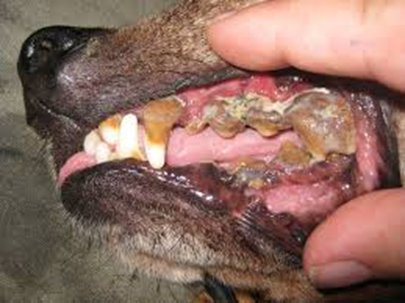

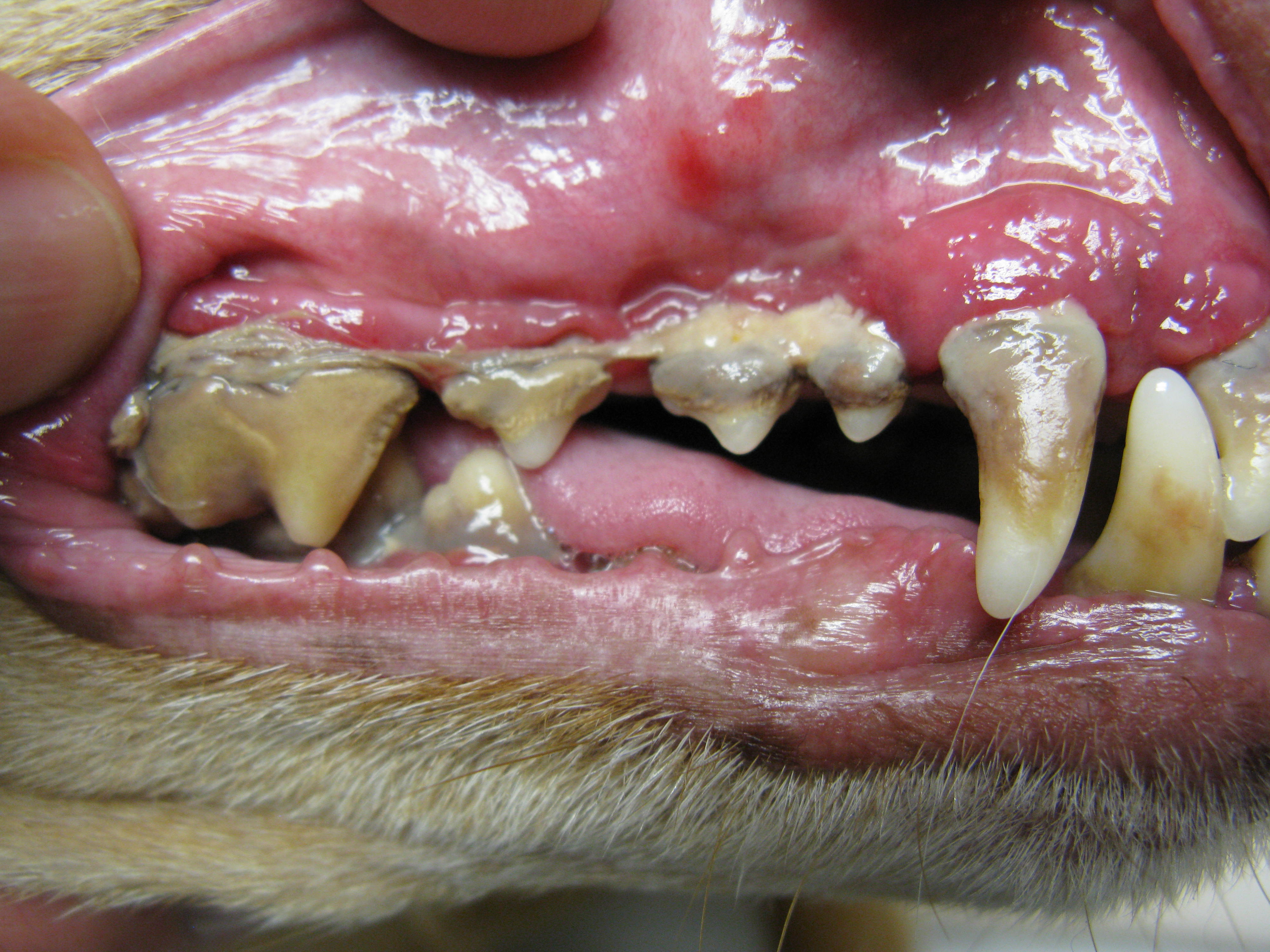


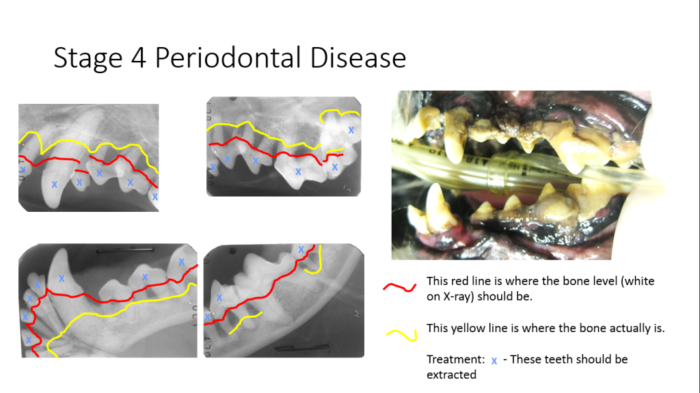

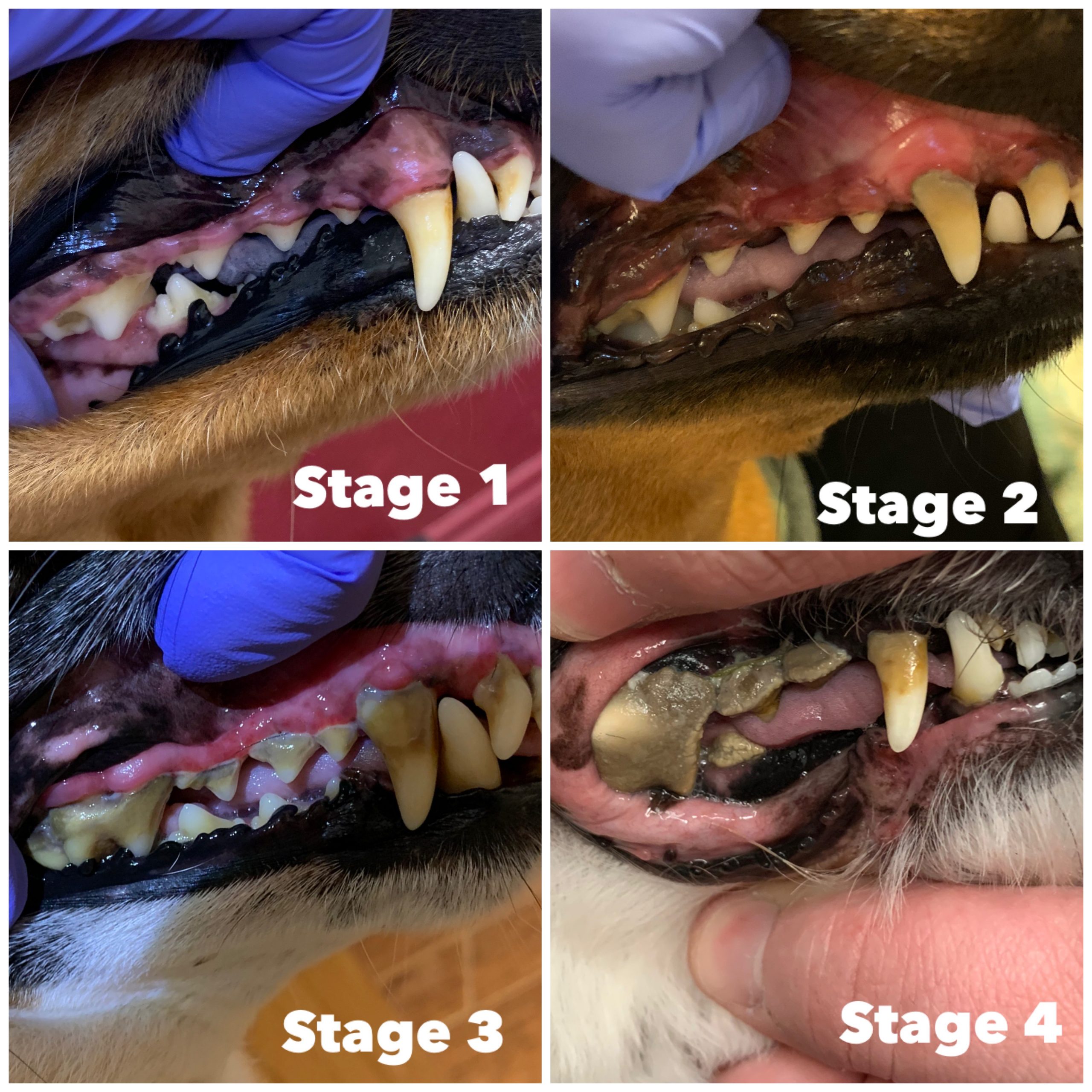

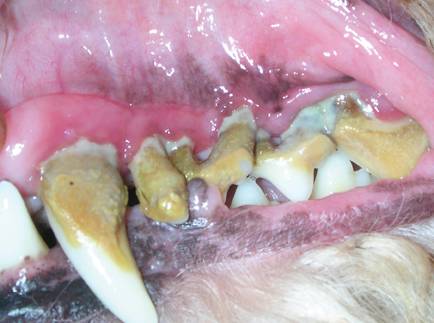

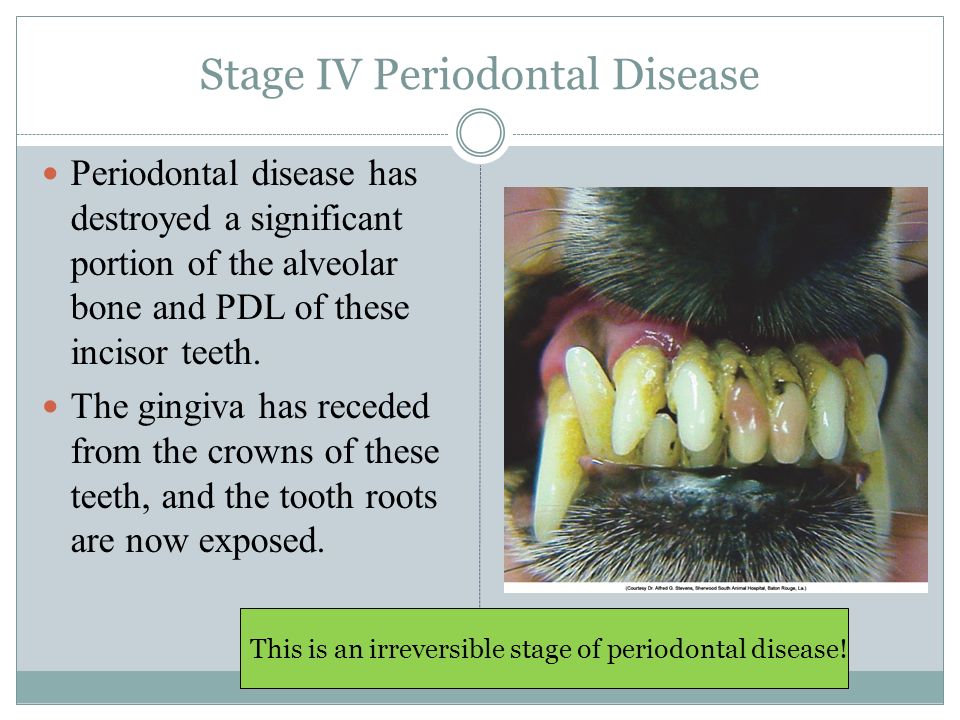






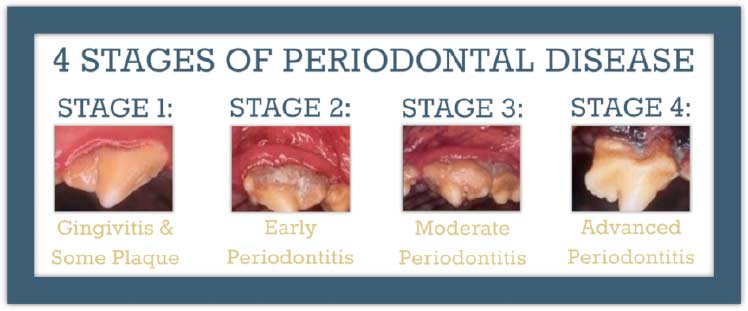

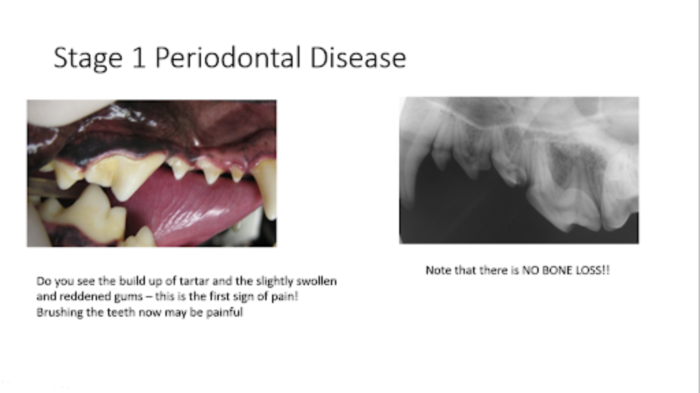
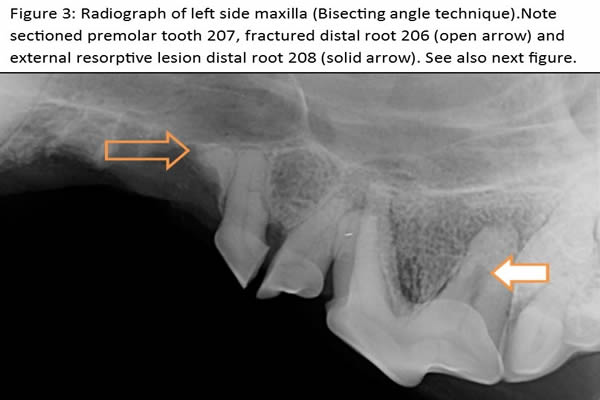
Post a Comment for "Stage 4 Periodontal Disease In Dogs"